8 m away
Tête Blanche North Face, 3412m
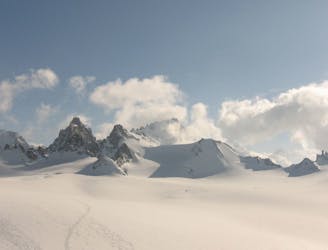
A short introductory North Face with a long approach and descent.
Difficult Alpine Climbing
- Distance
- 7.2 km
- Ascent
- 767 m
- Descent
- 767 m

A classic easy peak which provides a wonderful journey through high and beautiful mountains.
Alpine Climbing Moderate

Chamonix is best known for its long, hard and scary climbs but there are plenty of excellent low grades routes here, and the Tête Blanche North-west ridge is one of them.

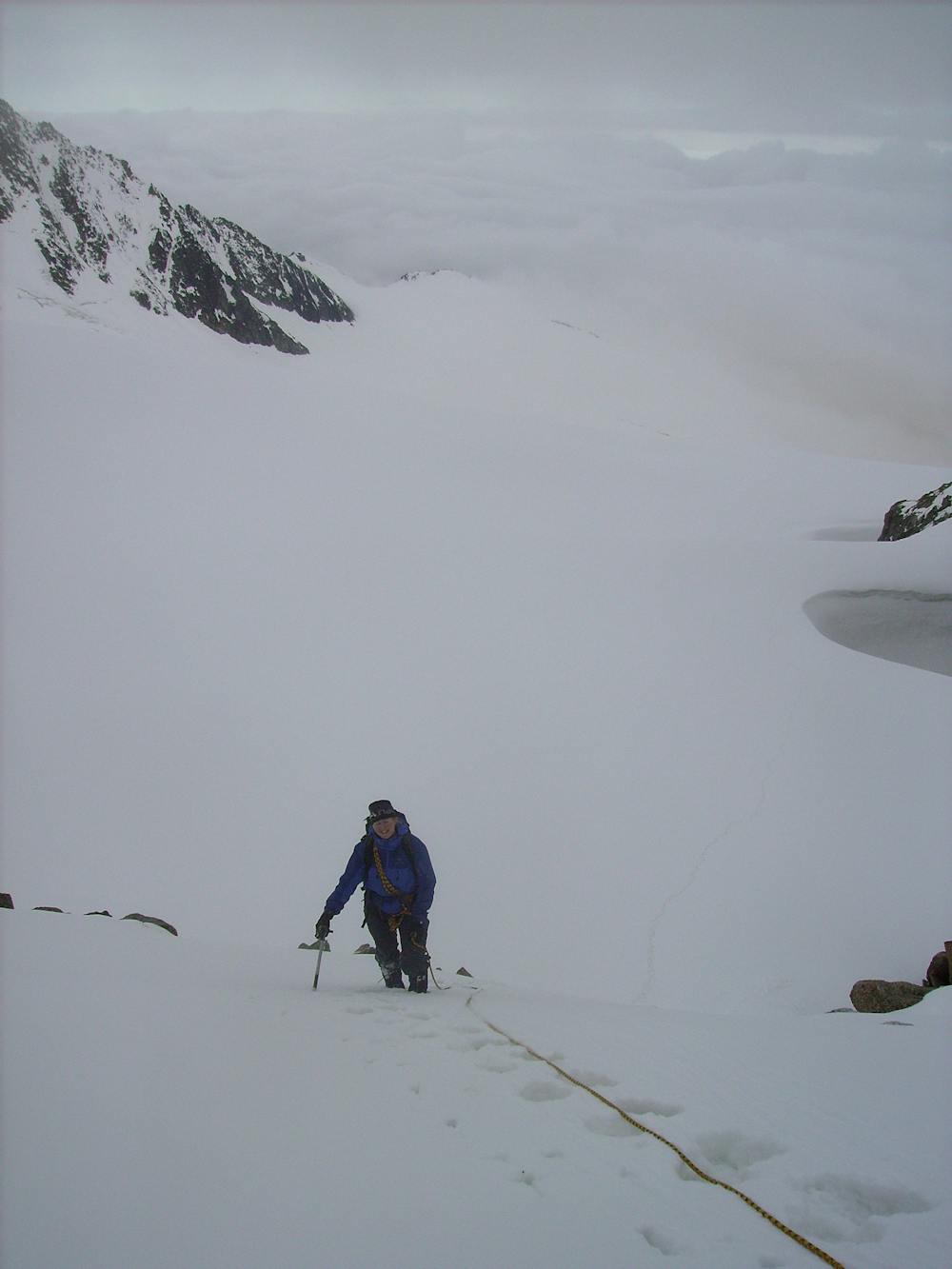
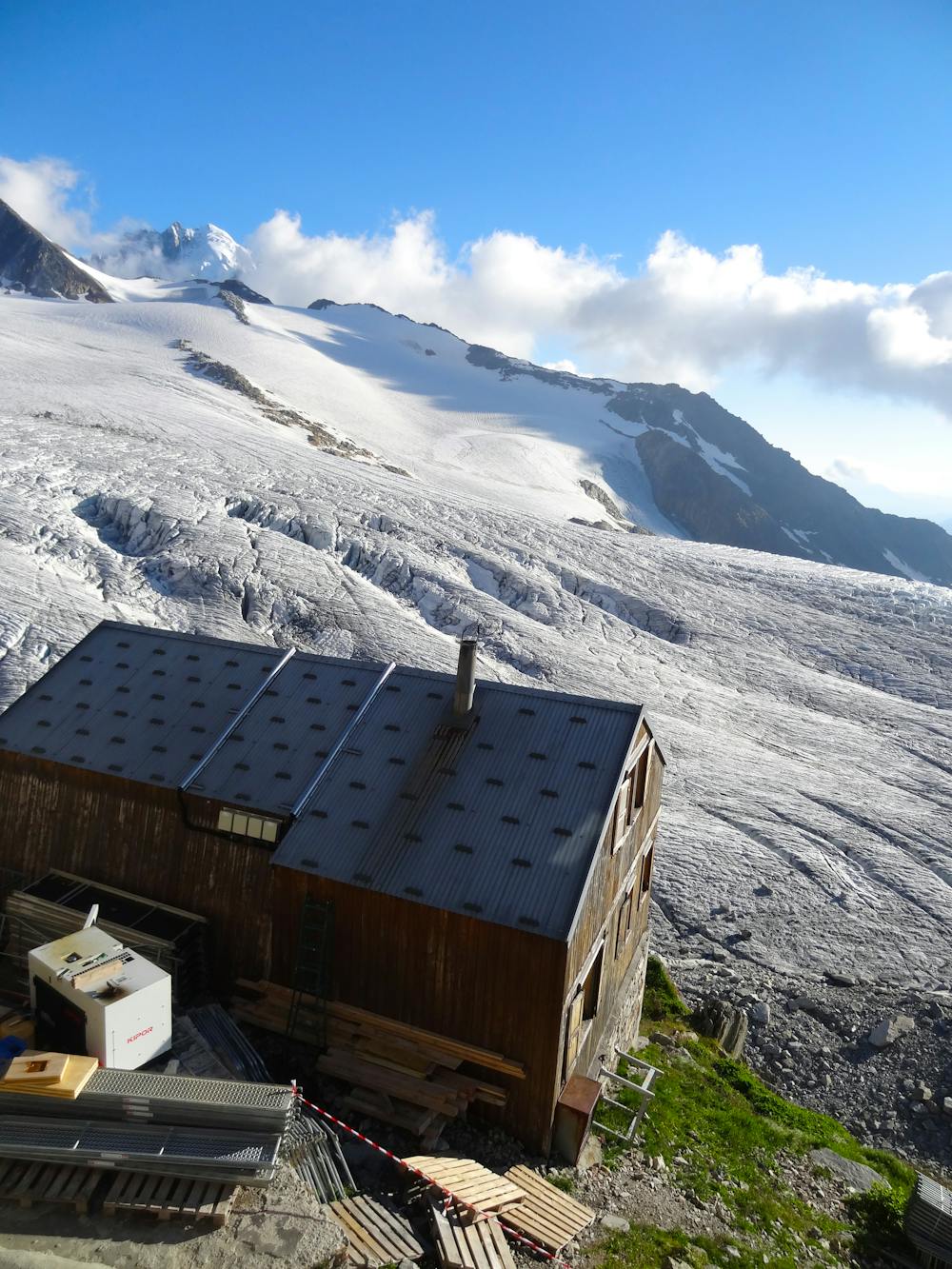
The trip begins with the hike up to the Refuge Albert Premier, which was refurbished a few years ago and is now a very modern and well equipped sanctuary in the wild and high Chamonix mountains.
Start in the pre-dawn darkness from the Refuge and follow a clear path which leads south-east up to the Glacier du Tour. Go south-east across this and exit it briefly onto a path which leads back onto the next branch of the glacier.
Keep pushing on south-east, passing beneath the Aiguille du Tour and Aiguille Purtscheller and climbing towards the Col du Tour. Once on the Col du Tour, climb the Tête Blanche's North-west ridge for an hour to reach the summit. There are countless little variations you can take and everything even vaguely tricky can be avoided on the right. The toughest way to climb the ridge is to stick on the crest itself, which features a few steep steps.
Once on the summit there are a few options for descending - downclimb the ascent route or descend south off the summit and onto the Glacier du Tour directly. Whichever option you choose, descend the glacier all the way back to the Refuge. By the time you are making your way down the snow on the glacier is likely to be wet and soggy, but the prospect of a cold drink in the Refuge is should keep you motivated to continue.
Once back at the Refuge, either descend back to Le Tour or stay another night and pick another of the many nice peaks in the area to climb.
Moderate
May involve slightly more complex glacier hikes, easy but possibly long rock ridges and steep snow up to 45 degrees. Equivalent to PD, PD+
8 m away

A short introductory North Face with a long approach and descent.
Difficult Alpine Climbing
8 m away
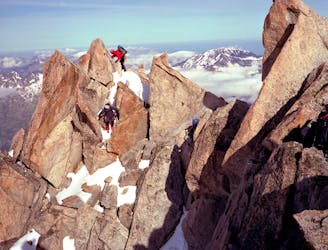
A classic introductory alpine peak, with stunning views from the summit.
Easy Alpine Climbing
17 m away
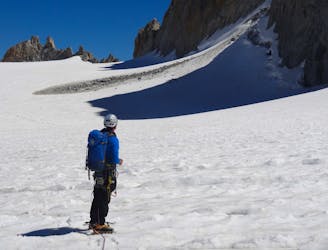
A gorgeous day across a wild glacier.
Moderate Alpine Climbing
5.8 km away
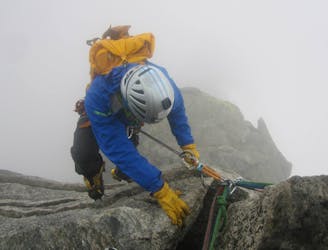
Although short, this route packs in plenty of adventure and has a wonderful high mountain ambience.
Moderate Alpine Climbing
6.3 km away

A breathtaking viewpoint via an interesting (but never particularly hard) route.
Difficult Alpine Climbing
9 km away
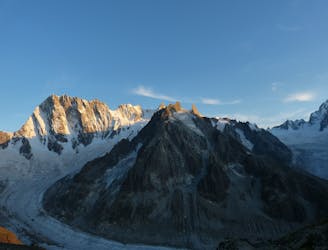
A journey up the Vallée Blanche then ladders up to a remote hut in a wild and beautiful place
Easy Alpine Climbing
9.7 km away
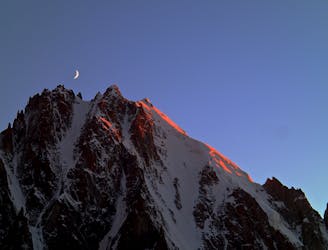
One of the toughest classic 4000m peaks which enjoys some of the finest views in the range.
Difficult Alpine Climbing
9.8 km away
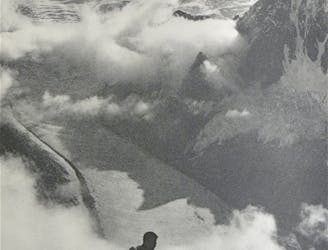
A classic route up a rocky peak with legendary views of the Mont Blanc Massif
Moderate Alpine Climbing
9.8 km away
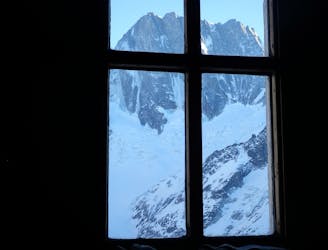
A remote mountain, famed by the routes on its N Face, is a challenging climb from any side.
Difficult Alpine Climbing
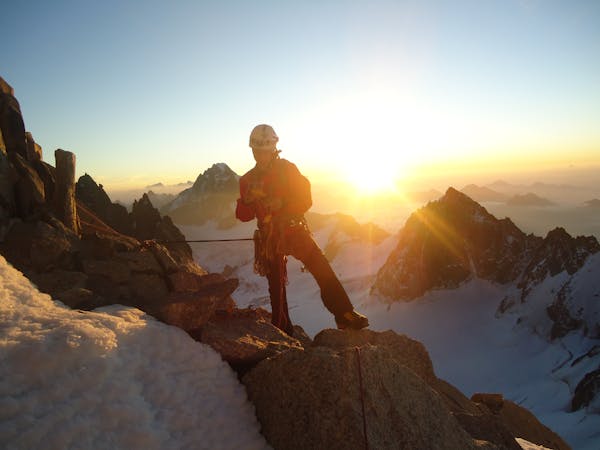
12 routes · Alpine Climbing · Hiking
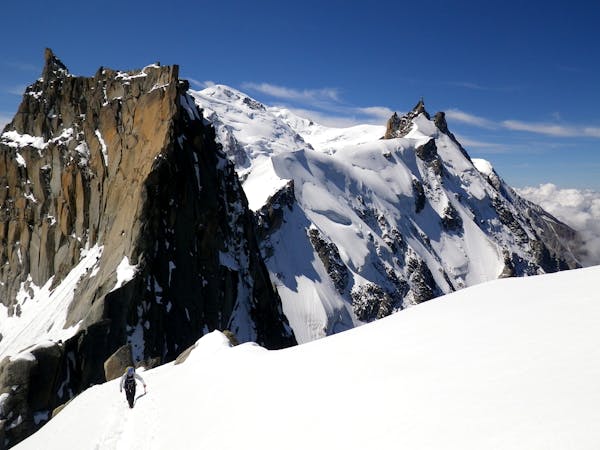
15 routes · Alpine Climbing · Hiking
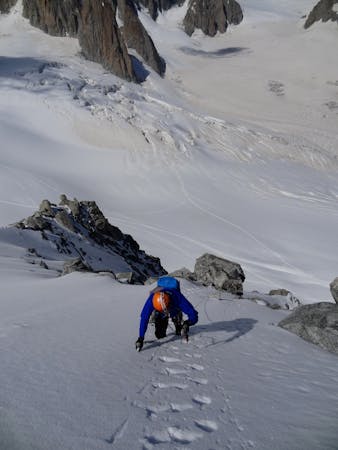
6 routes · Alpine Climbing · Hiking
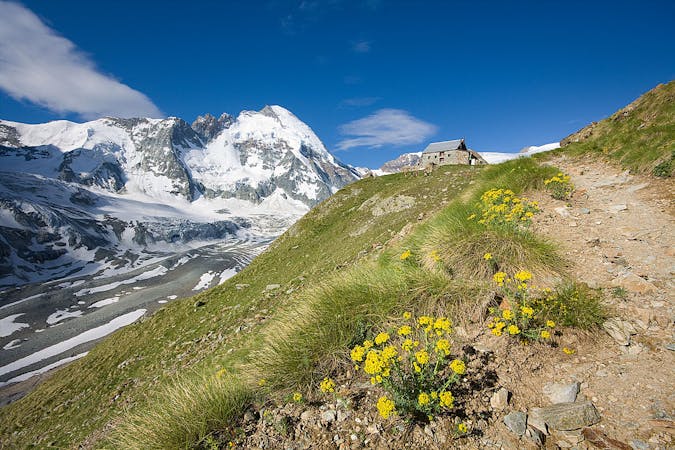
9 routes · Alpine Climbing · Hiking
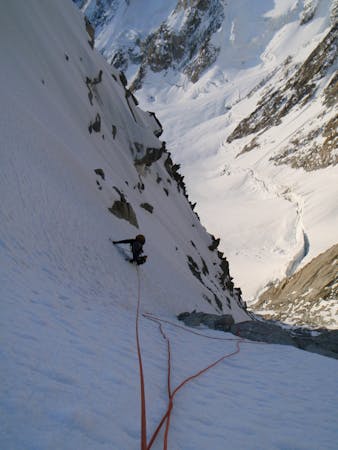
9 routes · Alpine Climbing · Hiking